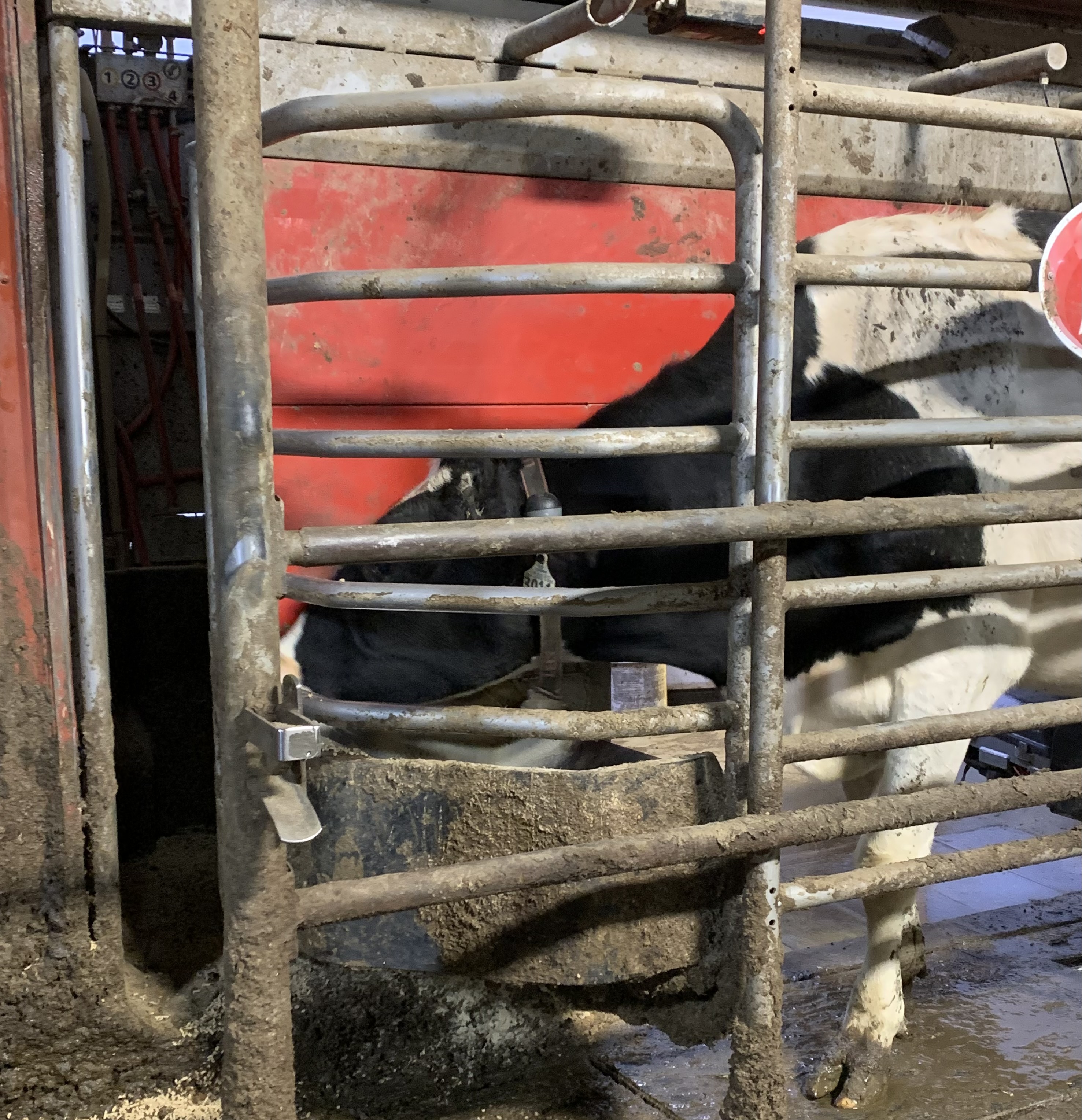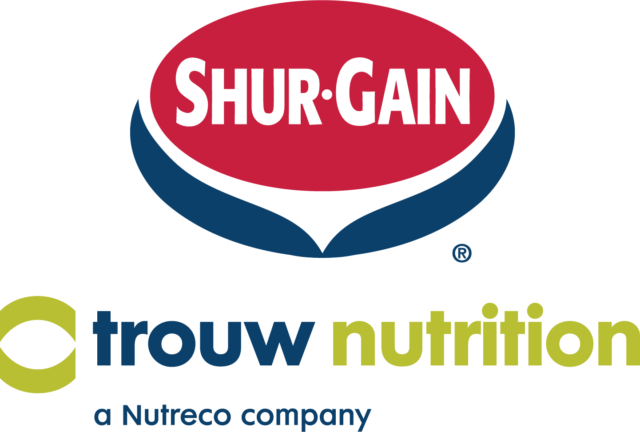With the continued adoption of automated milking systems across Canada, nutrition management has seen a fundamental shift. As more information is gathered from more farms, the management of a partial mixed ration (PMR) and pellet fed in the automated milking system will continue to evolve. Rather than formulating feeding plans on outdated surveys and anecdotal data from single farms, research for feeding in automated milking systems has increased, and new information is available. Trevor DeVries, University of Guelph professor and chair of dairy cattle behaviour research in Canada, shared insights on this research at the recent Cornell Nutrition Conference.
There are two main goals when considering the nutrition program for cows being milked in a robot. The first is to provide a diet that meets nutrient requirements for maintenance and production, just as it is in all feeding programs. With an automated milking system, there can be a shift from pen-managed nutrition to individual cow-managed nutrition as the cow will enter the robot for the pellet intake. This can provide the opportunity for each cow to have the most nearly correct diet intake of the pellet that she requires. The second goal, which is unique to automated milking, is to stimulate the cow to enter the robot by dispensing the pellet. It could be argued that in the past, a disproportionate amount of emphasis has been placed on the pellet as the PMR provides the majority of the nutrients and dry matter required.
Steps to increase DMI and milk yield
Here are several facts to consider in nutritional management for automated milking systems.
- Free-flow traffic barns provide cows more freedom to choose when to enter the automated milking system and consume pellets.
- While more pellets may be delivered at the time of milking, there is little data on whether all of the pellets delivered are consumed.
- The upper limit of consumption of pellet is 11.3 kilograms per cow per day. Assuming that a cow enters the automated milking system four times a day, a cow would have to consume 2.8 kilograms per milking, which is a high rate of feed intake.
- Recent research has demonstrated that feeding a PMR with a greater proportion of forage may increase the ability of cows to sort their feed.
In a recent study at the University of Guelph in a free-flow barn, it was reported that with total diets (PMR plus pellet) that were the same in composition, increasing pellet fed in the robot and correspondingly decreasing pellet fed in the PMR by 3 to 6 kilograms per day increased dry matter intake (DMI), trips to the robot and milk yield. While there are numerous variables in both pellets and PMR on robot farms, two recent studies have shown that optimum pellet intake in the automated milking system results in more DMI, increasing milk yield.
Pellet programming versus delivery
It is important to recognize that there are three values that are relevant when considering automated milking pellet delivery.
- The computer-programmed target value. This value is the maximum amount that can be offered to cows in the automated milking system, assuming that carryover of pellet is not a factor.
- The amount that is delivered to the cows in the automated milking system.
- The amount consumed when the cow is in the automated milking system.
It is important to note that the amount programmed into the computer is not the amount delivered. Studies have shown that it can vary as much as 0.4% to 1.2%. Pellet delivery and pellet consumption below that of the formulated diet is a major concern. Evaluating the deviation amount is an important management tool because it demonstrates the ability to deliver the formulated diet to the cows. The deviation in the amount programmed and the amount delivered increases with higher programmed amounts. While it is not easy to evaluate residual pellet on-farm, residual pellet increases in the automated milking system with higher allocation in the computer. Differences in the amount of pellet programmed and delivered can pose a challenge to dairy producers and their nutritionists, but it is a key piece of nutrition management to consider with an automated milking system.
 Courtesy photo.
Courtesy photo. Don’t forget the PMR
Most studies of automated milking nutrition management have focused on the pellet because only group intakes can be measured in the PMR intake. However, drawing conclusions or making nutrition management feeding plans without considering the PMR may lead to erroneous decisions. One study recently focused on a similar energy density in the PMR as was found in the pellet fed in the milking system. Feeding the PMR with the greater energy density tended to increase milk yield.
A key factor in optimum PMR intake is feeding frequency and the amount of push-ups per day. The average manual push-up is 4.5 times per day versus the average 16 times achieved with an automated feed push-up. In two recent studies, it was determined that milk yield increases with frequency of PMR feed push-ups, not necessarily the method used to push up the feed.
The adoption of automated milking systems continues to rise, and sound feeding management practices are needed to support efficient milk production. Feeding strategies need to consider pellet intake in the automated milking system, programmed versus delivered pellet, and frequency of visits to the automated milking system. Paying close attention to your PMR will assist with nutrition management in an automated milking system.
References have been omitted but are available upon request. Click here to email an editor.









